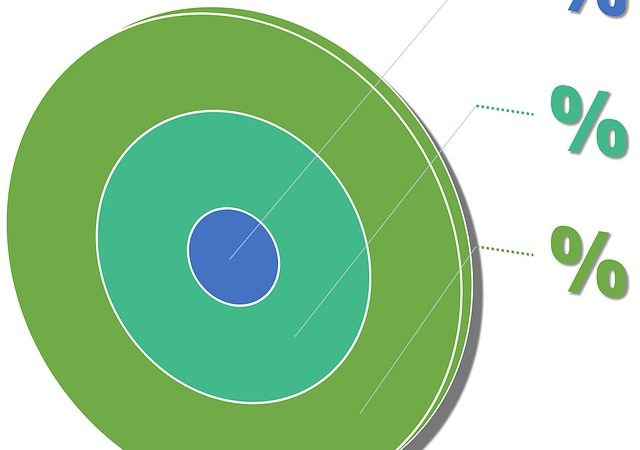After raising interest rates already this year, the Fed is on target for two more anticipated rate hikes in 2018. The increases are expected to be implemented later this month and possibly in December, according to many with eyes on the market. Boston Fed President Eric Rosengren has appeared in many recent interviews making his case for the increases, as well as raising interest rates in 2019. Rosengren shares his plans for keeping the interest rates moving in the right dirction, plus building in protection for the next downturn in the market. BAM looks at what may be coming soon in the market, and we boil down Rosengren’s main points in today’s BAMblog…
The Healthy Economy Warrants the Hikes
According to a recent article in National Real Estate Investor (NREI) online, Rosengren was quoted as using the health of the economy as the basis for the continued need for raising the interest rate. Unemployment rates are low, and Rosengren said he anticipates the economy will grow by three percent in the second half of the year. These factors make him feel confident that the all-but-certain September increase is on track, as well as another raise later this year. As the article notes, Rosengren stated that he would like to keep rates moving higher next year as well. He largely points to the current economic climate as reasoning for the hikes, saying that unless there’s a “dramatic” change, he can’t see why we wouldn’t want to be at a more “normalized” rate. One thing that Rosengren didn’t say is if he believes rates should stop rising once they reach the so-called “neutral” rate – that is, where interest rates are neither fueling economic growth, nor slowing it. In the NREI piece, Rosengren points out that external factors like trade issues or China’s economic growth slowing could affect the direction of our economy.
He Wants to Build a Buffer
Rosengren is also leading the charge for the Fed to activate a counter-cyclical capital buffer. This buffer is a safety net: during good times banks are forced to set aside capital, and during bad times the buffer is reduced for healthy banks which releases the capital for lending. Currently, the buffer level is at zero – but Rosengren is trying to change that. Early in 2018 he became the first Fed official calling for the buffer level to be raised from zero; however, other voices are now joining his in agreement. According to an article on Bloomberg, Fed Governor Lael Brainard as well as three other regional Fed presidents also agree with Rosegren that the buffer level needs to rise. Although Fed Chairman Jerome Powell hasn’t publicly commented his support, Rosengren implied that the growing support for the idea indicates the concept is being heard in Washington.
BAM bottom line: It’s safe to bet on at least one, if not two more interest rate increases this year and possibly more into 2019 until the rate reaches neutral or what Rosengren calls “appropriate” for the economic circumstances. More Fed officials are eyeing the capital buffer level and joining Boston Fed President Rosengren in urging it be raised from zero to provide a safety net for the next downturn.



